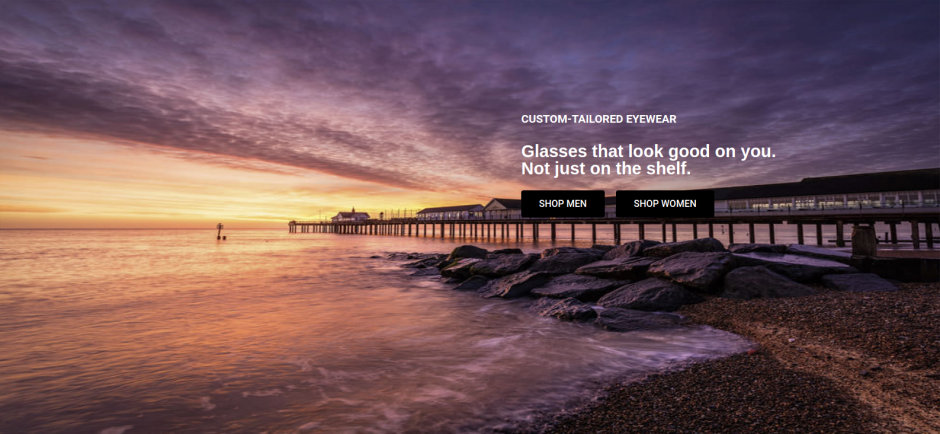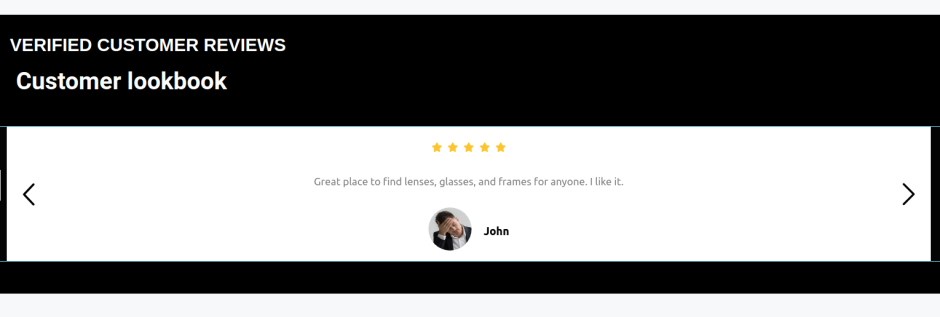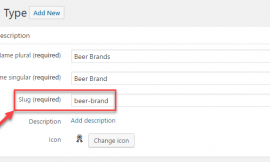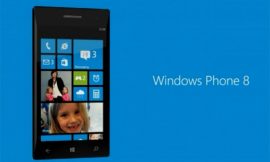In this article, we understand to build a landing page. First of all, the question comes that what is a Landing Page? In digital marketing, a landing page is a standalone web page, created specifically for a marketing or advertising crusade. It’s where a caller “lands” after they click on a link in a dispatch, or advertisements from Google, Bing, Youtube, Facebook, Instagram, Twitter, or analogous places on the web. Unlike web pages, which generally have numerous pretensions. And encourage disquisition, anchoring pages are designed with a single focus or thing. It is known as a call to action ( or CTA, for short).
A website’s homepage generally provides a general overview of a business. But if you have a specific, short-term thing, a dock page is a precious online marketing channel. This can help you reach that thing in the buyer’s trip. Once they are on your page, visitors are encouraged to take any action. Similar to joining your list or buying your products. However, also your landing page has succeeded in getting them to convert if the stoner takes the specific asked action.
1. What makes a homepage different from a landing page?
There is a sprinkle of effects that web pages and landing pages piecemeal. Homepages have:
- Future Links. On a typical homepage, you can see at least 10 links. There is frequently a nautical menu at the top, links in the footer. On a well-optimized landing page, however, you will generally find smaller links.
- Broader CTAs. Your homepage introduces your business and serves as a mecca from which visitors can navigate to other corners of your point. Because your homepage has so numerous jobs to do, its content is frequently broad. And, has lower specific CTAs (e.g. “learn further”). Since landing pages have 1 thing they’ve acclimatized CTAs (e.g. “download our free ebook”).
- Different followership and purpose. Numerous of the people who visit your homepage presumably haven’t decided what they want yet. On the other hand, visitors who end up on your landing pages have formerly shown interest in what you offer.
Landing Pages are not all the same. They can be stored into 2 broad categories.
Lead Generation Landing Pages
Also known as “lead gen” and “lead capture” pages, this type of landing page on gathering lead data. In other words, it collects details about your clients.
Click-through Landing Pages
Unlike lead gen pages, which use forms, the focal topics of click-through landing pages are CTA buttons. Clicking the button shifts your users to a page where they can complete your desired action. You will often find click-through landing pages on e-commerce sites or other sites that are concentrating on making deals directly rather than collecting user information.
2. How to build a landing page with WordPress
First of all, we have to install a theme like “GeneratePress”. I used “GeneratePress”. You can use any of the other themes. After installing the theme, we have to install and activate the following plugins:
After activating plugins and themes, I go to the Pages section and add a new page named “Sunny Lenses”. You can use your page name. I edit it with Elementor.
Header Section
For the Header of the landing page, I add a section that contains 2 columns with a 50-50 width. On one side I add a “logo” element. I added the company image in the logo and link of this landing home page. On another side, I added an “ElementsKit Nav Menu” element. To add Menus, I go to Dashboard>Appearance>Menus>Create A New Menu. Now, I created a new menu (Sunny Lenses) with pages links and titles in this menu. After this, I come back to the Nav menu, and in the Menu Setting, I selected (Sunny Lenses). And, the menu appears in the Header. The Header is completed. I make the header manually. The ready-made templates of the header are given in the Elementor library.

Image with Text and Buttons
Now, I added a new section ( layout>content width = full width, layout>columns gap = no gap ) in Image, text, and button appears. You can add text and buttons on an image by searching any section in Elementor or by adding them under the Image. And, adjust the margin and padding to your requirements. Now, we can add the full-width image by adding the “Image” element.

Now, I added a new section in which some introductory text and heading appear.

After this, I added another section of the landing page that has 4 columns of equal width. I added the “Image Box” element in each column. I also added some titles and descriptions in Image Box with Image.

Now, I added another section to make a landing page in which only one column. I added another “Image Box” element. But this time, the Image position is on right.

Now, added a new section that contains 3 columns. In each column, I added an “Icon Box” element. From the “Icon Box” element you can add icons, titles, descriptions, and buttons with links.

Now, it’s the landing page’s Testimonials’ turn. I added a “Testimonial” element of “ElementsKit”. This testimonial can slide and have navigation buttons.

Footer Section
In the end, In the Footer Section of the landing page, I added a section which has 2 columns in which one column is of 25 widths having “Logo” element, the other column is of 75 widths having “Social Icons” element.
After this section, added a new section that contains 5 columns of equal width. First 3 columns, I added the “Text Editor” element 3 times, 1 after 2nd after 3rd. Remaining 2 columns, I added the “Page List” element in which pages title exist and their links appear.

Lastly, added a section that contains 2 columns. In the 1st column, I added the “Text Editor” element. In the 2nd column, added page list whose layout is “inline”.

One thing I have not made is responsive, we can make it responsive also. But we have to recheck all sections which have overlapping issues while making them responsive. The other thing, we can make the header sticky also. And, the last thing, we can navigate all the pages on which section we want to go by using the “Menu Anchor” element. That’s All. I hope you can make a beautiful and responsive landing page. Thank You. If you have any issues you can contact us.


